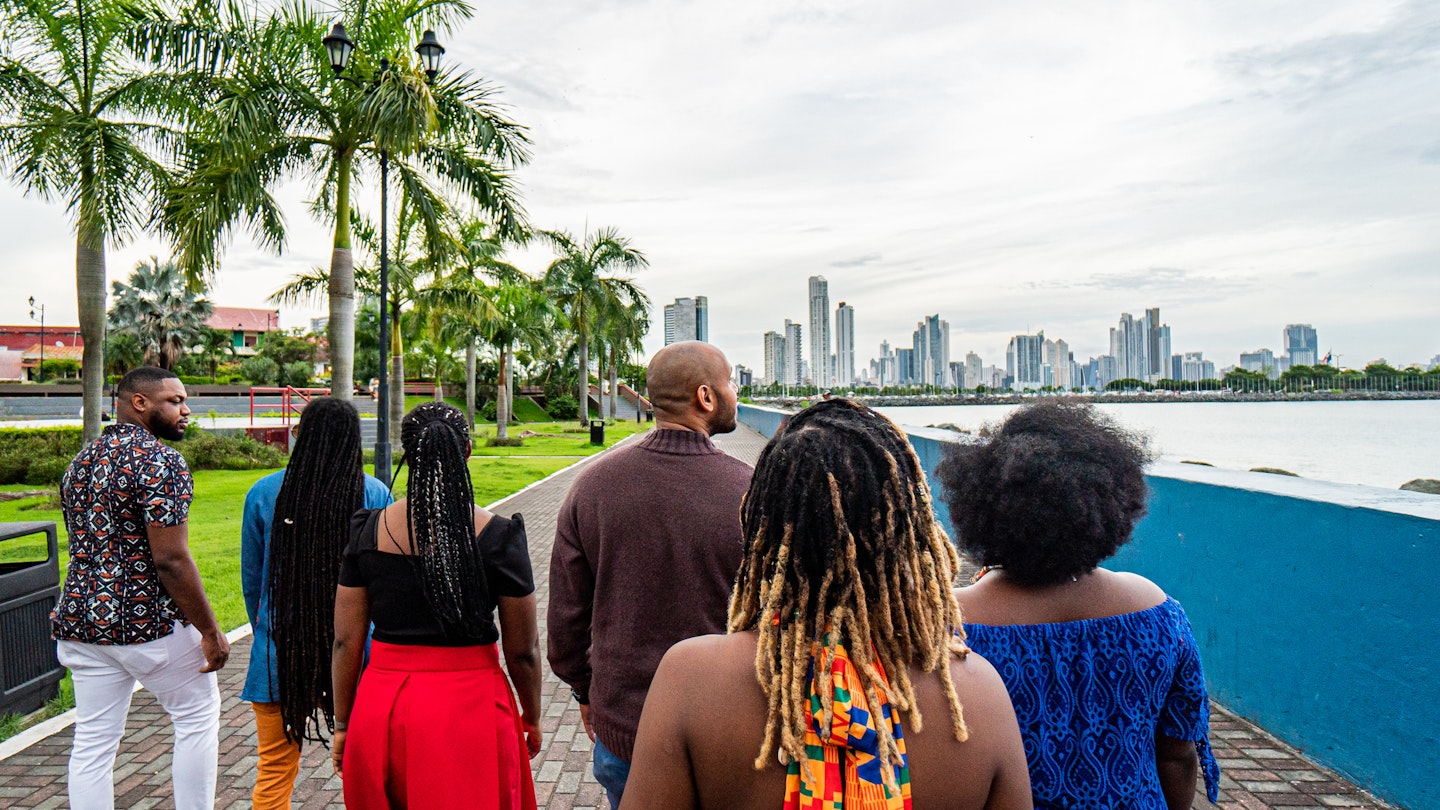Getting Around Panama: Transportation Tips and Options
The breadth of Panama is so slender that one can cross it in about an hour by car; however, this Central American gem is packed full of attractions. It boasts some of the most biologically diverse places on earth while being small enough to fit inside the state of South Carolina.
Despite the tropical setting, transportation in Panama is straightforward. The country features thousands of kilometers of paved roads, a modern bus network, water taxis, an innovative new Metro train in the capital, and, of course, the iconic Panama Canal.
Nevertheless, it’s important to note that certain remote areas might require more adventurous travel options, like navigating a crocodile-infested river in a rickety canoe or hacking through dense undergrowth with a machete.
Buses Are the Best Option
Panama boasts an affordable and extensive bus network that connects all major mainland destinations. Most intercity buses are Toyota Coasters, featuring air-conditioning and lively salsa music.
Your luggage will likely be secured on the roof, with an assistant known as a pavo (literally, “turkey”) available to help with fares. The long-distance buses connecting Panama City and David are among the finest in Central America.
Moreover, for an authentic experience, you can ride chivas—converted cattle or pickup trucks with hard benches and tarpaulin coverings for rain protection, typically found on remote rural routes.
Then there are the famous diablo rojos (red devils)—old US school buses, often referred to as “chicken buses.” While they are not as prevalent in Panama City, they still operate in various regions including along the central Caribbean Coast.
Most towns and cities offer a downtown terminal, while buses pick up and drop off passengers at concrete shelters on the roadside. Simply signal for a passing bus and shout “parada” (stop) when you wish to disembark.
Tips for Getting a Bus Out of Panama City
In Panama City, intercity buses depart from La Gran Terminal Nacional de Transporte de Panamá located in Albrook. This modern terminal includes a shopping mall and a Metro station.
Each bus route features its own designated ticket window. Be sure to check the terminal for the route operator’s contact information and ticket office details. A small tax of US$0.10 is required to pass through the turnstiles to access the departure gates, which can be paid using the “3-in-1” Rapi-Pass card.
Tips for Catching the Bus Across Panama’s Borders
Ticabus is the primary international bus service that connects Panama to neighboring countries, including routes to San José in Costa Rica.
Traveling from Panama City to San José takes approximately 16 to 18 hours, with an additional 1 to 2 hours required for customs and immigration at the Paso Canoas border crossing. If you’re traveling light, hopping between local buses might be quicker.
Furthermore, the coastal highway through Costa Rica is 4 to 5 hours faster than the mountainous route on the older Panamerican Highway, so plan your travel accordingly.
Explore Panama’s Rainforest Rivers by Piragua
In areas where roads are scarce, dug-out riverboats known as piraguas (or cayucos) are frequently used for transportation. Traditionally carved from the trunk of a giant ceiba tree, these boats can be found throughout the jungle waterways of Bocas del Toro and Darién Province.
While traditionally punted with long sticks, outboard motors are becoming increasingly common. Hiring a private boat with a driver can be costly, with prices ranging from USD$100 to US$250 per day depending on various factors including distance and passenger count.
Pangas, Ferries, Yachts, and the Panama Canal
For sea travel, motor-powered canoes are commonly used to transport people between offshore islands in Comarca de Guna Yala. The Bocas del Toro archipelago is served by a fleet of high-powered pangas, transporting travelers swiftly between islands and to the mainland port of Almirante.
Moreover, daily car ferries operate, although only Isla Colón has paved roads. Ferries also connect Panama City with Taboga Island and the Pearl Islands.
Adventurous travelers might consider hopping on yachts that travel to Colombia via the Caribbean Sea, just ensure to vet the captain and vessel beforehand. Full and partial transits of the Panama Canal can also be arranged through various tour operators.
Hire a Car to Explore at Your Leisure
While driving in Panama City can be quite chaotic, there are splendid road trips to be taken outside the capital. Most major roads are paved but may not be in perfect condition.
Car rental services are readily available in Panama City and David, with prices starting from US$35 per day for small vehicles. To venture off the beaten path, a 4WD is recommended, especially during the wet season (April to December) when landslides and flooding can occur.
Multi-lane highways connect Panama City to Colón, allowing for a crossing from the Pacific to the Caribbean Sea in about an hour during clear traffic conditions.
Maybe Skip That Expensive Domestic Flight
Domestic flights in Panama can be relatively costly and contribute significantly to carbon emissions. The compact nature of the country encourages travel by bus, with only a few remote regions necessitating air transport.
Air Panama operates flights to various destinations across the country, including Darién, Guna Yala, and Bocas del Toro, with departures from Albrook “Marcos A Gelabert” International Airport, which is a short taxi ride from the bus terminal.
Accessible Transportation in Panama
Compared to neighboring Costa Rica, Panama lacks extensive facilities for travelers with disabilities. Infrastructure beyond Panama City remains limited, making mobility challenging even in the capital due to poorly maintained sidewalks.
Though many hotels and attractions offer accommodations for wheelchair users, long-distance buses generally have limited space. Renting a vehicle may be the simplest solution for those requiring accessibility.
This article was first published on August 1, 2022, and updated on December 23, 2023.




